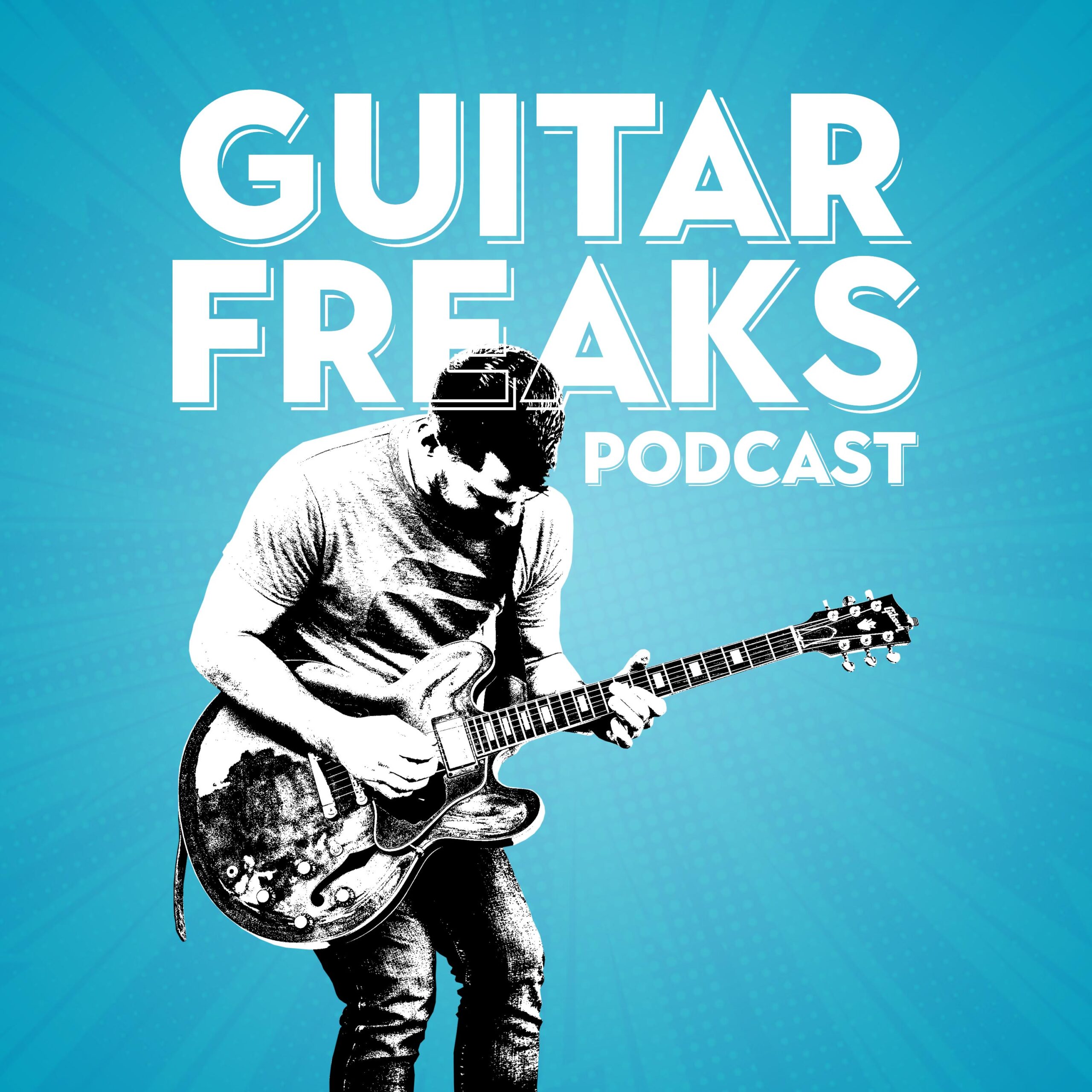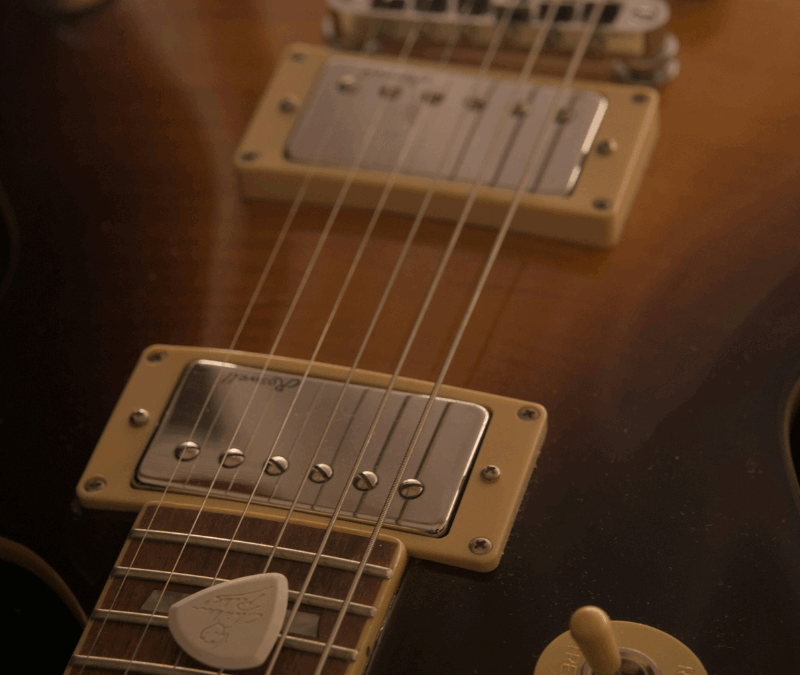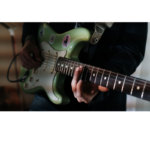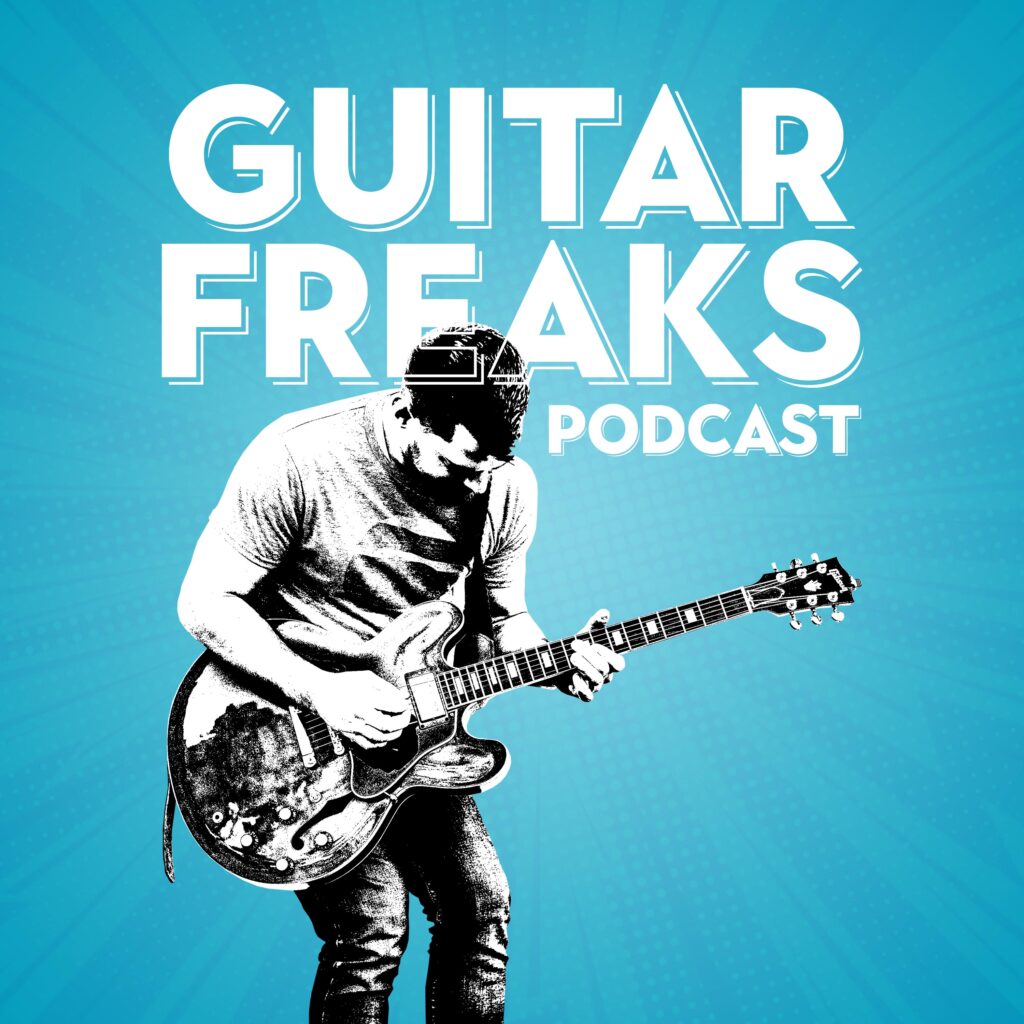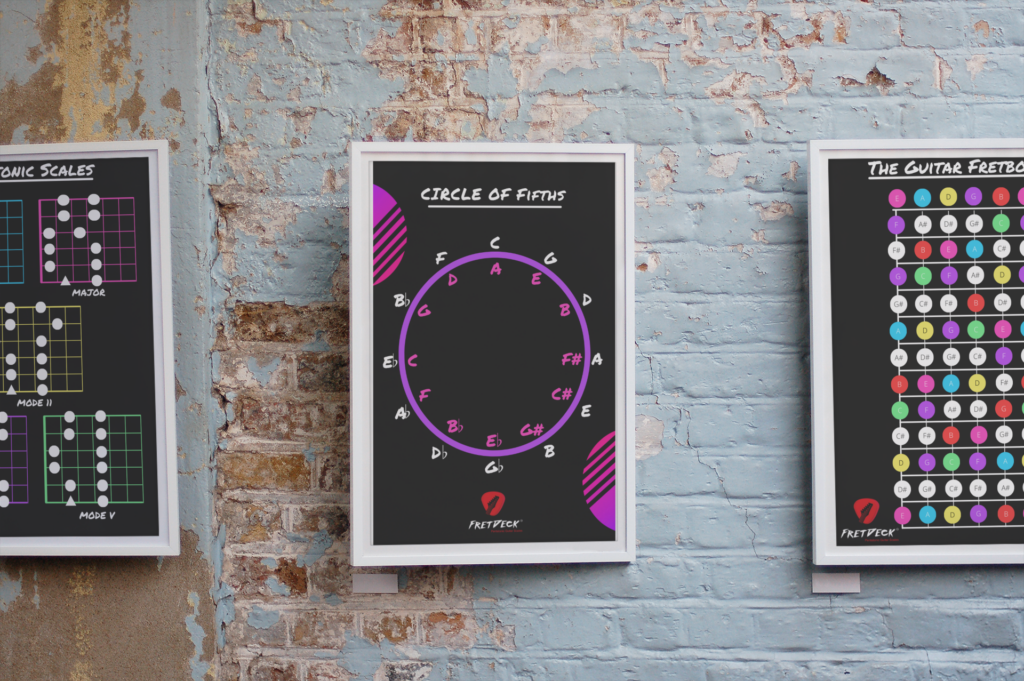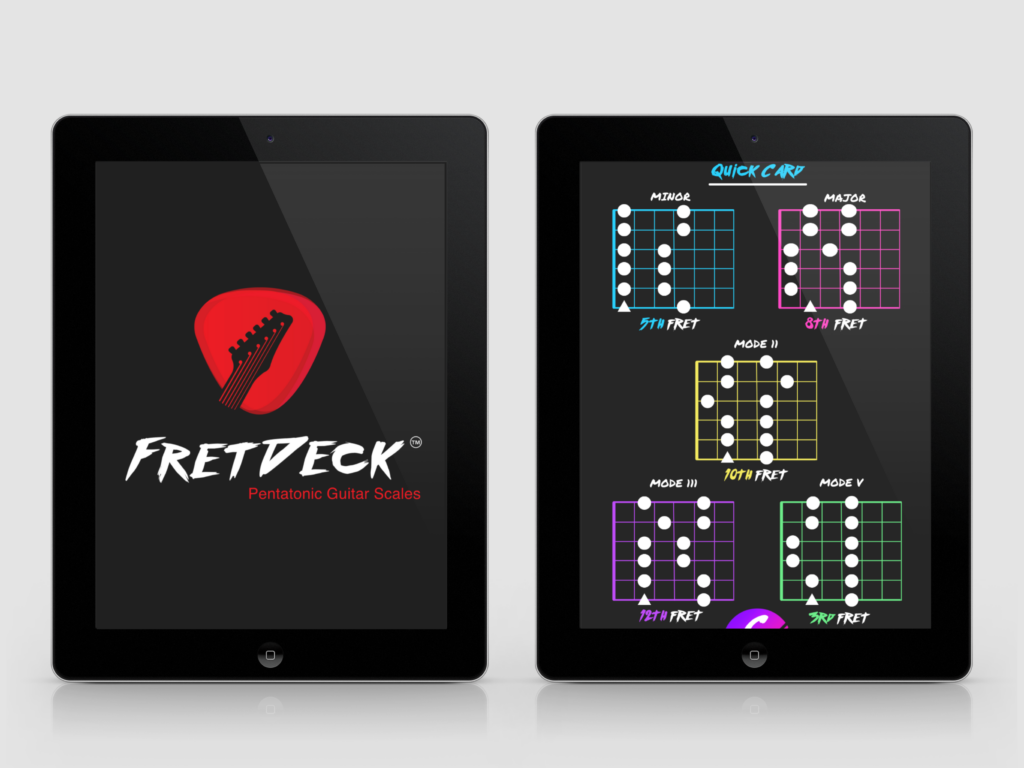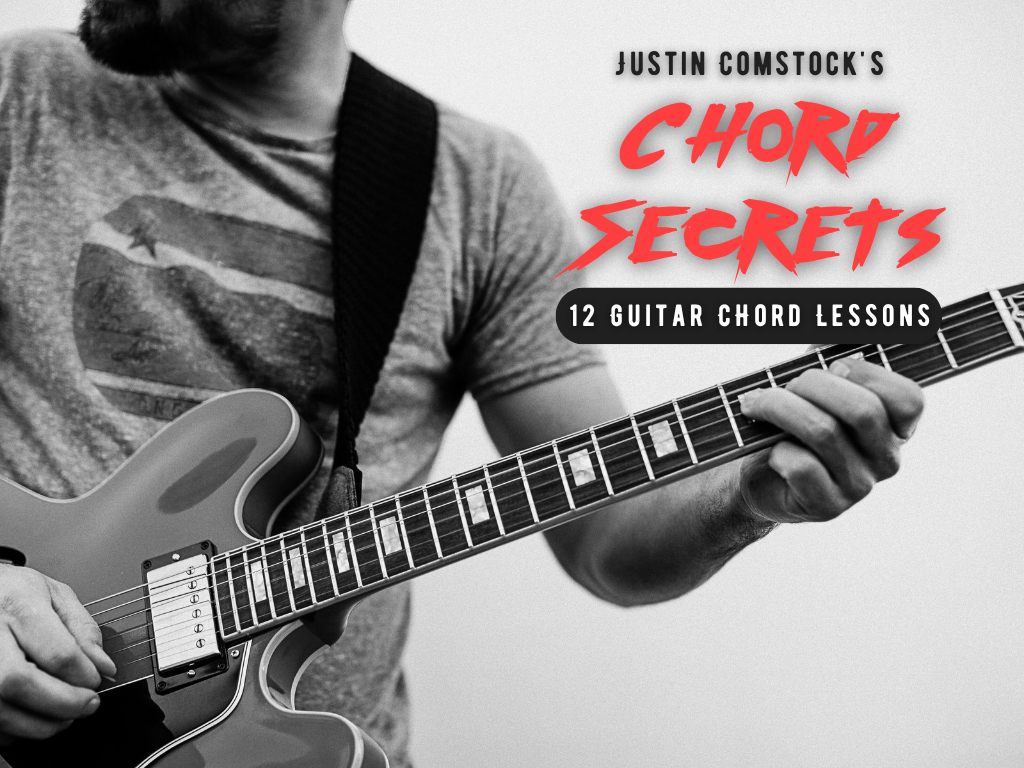There’s a reason soul guitar cuts deeper than almost any other style. It isn’t about speed, fancy tricks, or how many scales you’ve memorized. It’s about expression. It’s about knowing how to make a single bend feel like a full conversation.
When you hear a great soul guitarist, you notice two things: they never sound lost, and they always know how to make the right note appear at the right moment. That doesn’t come from luck—it comes from knowing the fretboard inside out.
Why Soul Guitar Demands Fretboard Knowledge
Here’s the hard truth: you can’t play soul guitar if you’re still guessing where notes live. Soul thrives on confidence. If you hesitate, if you fumble, if you stop to “search” for a note—it breaks the mood.
But once you map the fretboard, the game changes. You stop chasing shapes and start chasing sound. You move past scales and into melodies. That’s when your playing stops sounding like practice—and starts sounding like music.
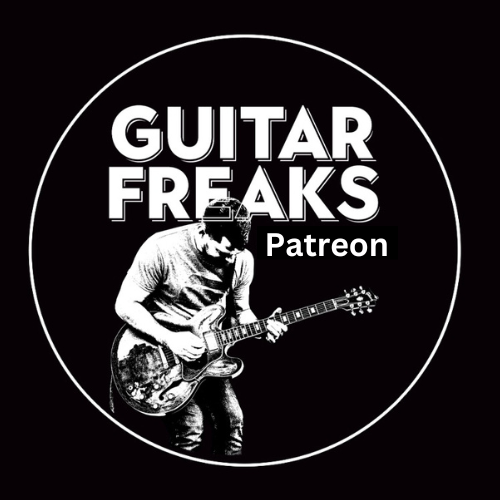
🎸 Join the Guitar Freaks Patreon!
Get SoloCraft™ E-Book & FretDeck™ FREE!
Join Guitar Freaks on Patreon and instantly unlock my full e-book SoloCraft & FretDeck™ Guitar Scales—your step-by-step guide to fretboard mastery and crafting soulful solos.
New video lesson drops every Friday so you’ve always got a fresh, focused practice plan for the week.
👉 Don’t miss out—join now and grab your free copy!
A Simple Fretboard Exercise
Start with one note. Let’s use C.
Play it on a string. Say it out loud. Then walk it through the Circle of 4ths:
C → F → Bb → Eb → Ab → Db → Gb → B → E → A → D → G
Each time, move up the neck and speak the note’s name as you play it. This is how you connect your hands, ears, and brain. It’s not just memorization—it’s embodiment.
The longer you practice this, the more natural your fretboard becomes. And when the fretboard feels natural, your soul guitar ideas come out without effort.
Practice Prompt: The “Slow Fire” Drill
Try this once a day for a week:
- Set a metronome to 60 BPM.
- Pick one note on one string.
- Play through the Circle of 4ths, letting four clicks pass between each note.
- Don’t look at your guitar—trust your ears and memory.
- Over time, reduce the clicks (4 → 3 → 2 → 1) until you’re moving smoothly.
This drill is simple, but it builds bulletproof confidence. When you can feel the fretboard, you stop worrying about where you’re going—and start focusing on how you want to say it.
Making Chords Sing in Soul Guitar
Great soul players don’t just strum chords—they shape them into phrases.
Take a simple chord voicing, like F major. Follow its root note through the Circle of 4ths, shifting the shape as you go. Each movement creates a new flavor, a new emotion. That’s how players like Curtis Mayfield or Steve Cropper turned simple chords into lines that still move us decades later.
Pro tip: don’t just play chords. Listen to how they change color when you slide, hammer, or release them. Soul guitar is about touch as much as theory.
The Power of Intervals in Soul Guitar
Intervals are the DNA of soul guitar. A small change in distance between two notes can flip a phrase from smooth to heart-wrenching.
Try this from a root note:
- Minor 3rd = bluesy and aching
- Perfect 4th = gospel-rich tension
- Tritone = edgy and unresolved
- Major 6th = smooth and soulful leap
When you practice intervals, you stop hearing scales as boxes and start hearing music as relationships. That’s when your solos begin to breathe.
Want to Master Soul Guitar Faster?
Here’s the deal: most guitarists waste years chasing random licks on YouTube, hoping it will “click.” But soul guitar doesn’t click by accident. It happens when you learn the fretboard in a systematic, repeatable way.
That’s why I built FretDeck. It’s a physical + digital card system that trains you to:
- Master pentatonic scales in every key
- Visualize chords and triads across the fretboard
- Build real muscle memory with daily prompts
👉 If you’re serious about turning practice into progress, join my Patreon today. Members get exclusive access to weekly lessons, community challenges, and practice tools like FretDeck and my SoloCraft ebook. Don’t just “play guitar”—play with soul.

🎸 Join the Guitar Freaks Patreon!
Get SoloCraft™ E-Book & FretDeck™ FREE!
Join Guitar Freaks on Patreon and instantly unlock my full e-book SoloCraft & FretDeck™ Guitar Scales—your step-by-step guide to fretboard mastery and crafting soulful solos.
New video lesson drops every Friday so you’ve always got a fresh, focused practice plan for the week.
👉 Don’t miss out—join now and grab your free copy!
Final Thoughts: Soul Guitar Is About Clarity
Guitar isn’t about playing more—it’s about saying more with less. When you know your fretboard, you can let a single bend, slide, or double-stop tell the whole story.
Clarity creates confidence. Confidence creates expression. And expression is what makes soul guitar unforgettable.
✅ Learn guitar chord charts here
✅ Explore TrueFire’s Soul Guitar Lessons
